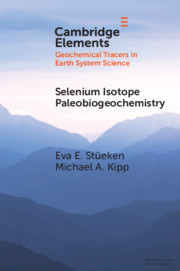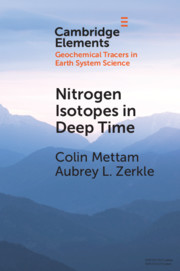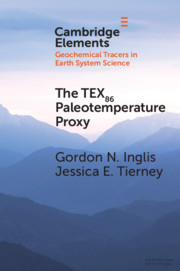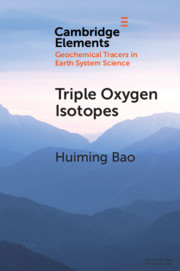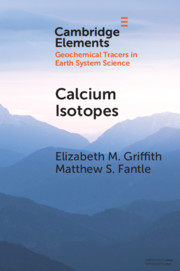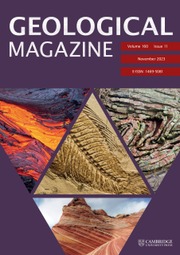Selenium Isotope Paleobiogeochemistry
The attraction of selenium isotopes as a paleoenvironmental tracer lies in the high redox potential of selenium oxyanions (SeIV and SeVI), the dominant species in the modern ocean. The largest isotopic fractionations occur during oxyanion reduction, which makes selenium isotopes a sensitive proxy for the redox evolution of our planet. As a case study we review existing data from the Neoarchean and Paleoproterozoic, which show that significant isotopic fractionations are absent until 2.5 Ga, and prolonged isotopic deviations only appear around 2.3 Ga. Selenium isotopes have thus begun to reveal complex spatiotemporal redox patterns not reflected in other proxies.
Product details
November 2020Adobe eBook Reader
9781108803397
0 pages
This ISBN is for an eBook version which is distributed on our behalf by a third party.
Table of Contents
- 1. Introduction
- 2. Materials and Analytical Methods
- 3. Proxy Mechanics
- 4. Case Study
- 5. Future Prospects.

